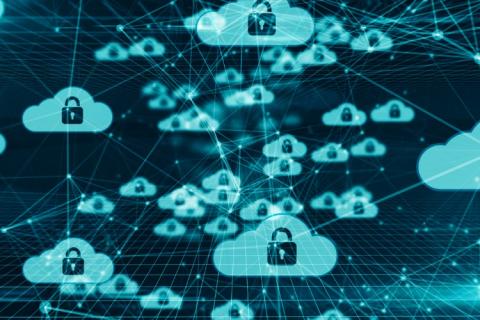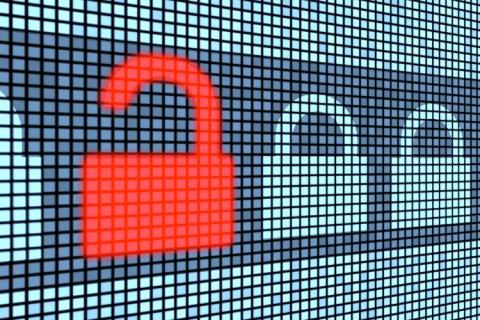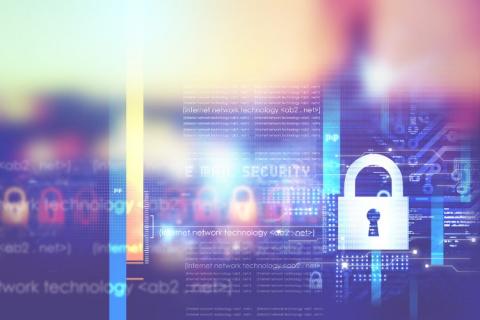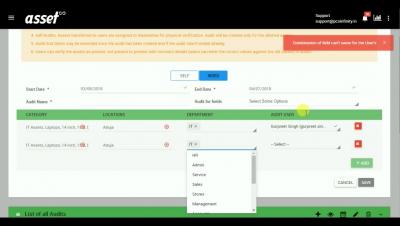Simplifying security auditing, part 6: Compliance and the cloud
In part 5, we looked at auditing your network device logs. A decade ago, security professionals were primarily concerned about network perimeter and endpoint security. While those concerns are still valid, technological advancements have created new scenarios that need to be addressed.








